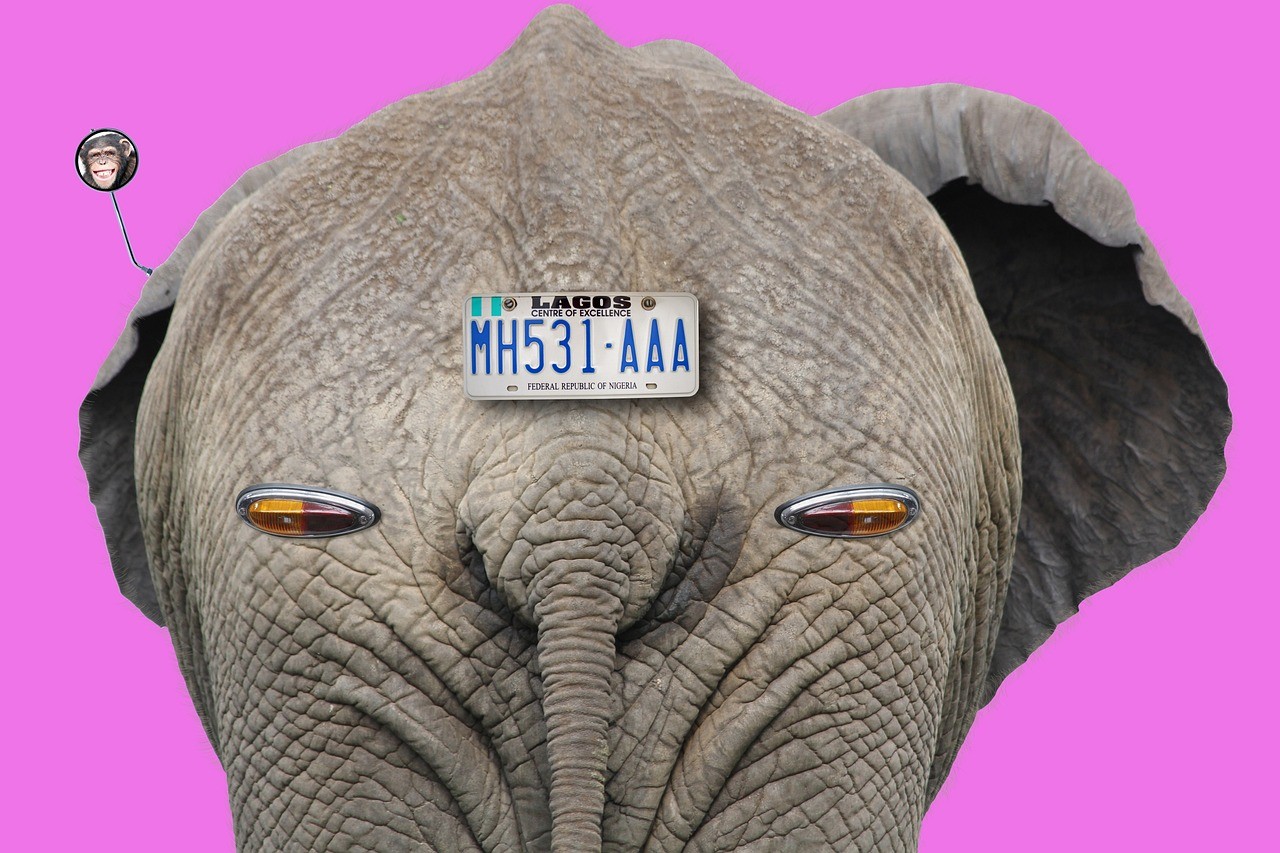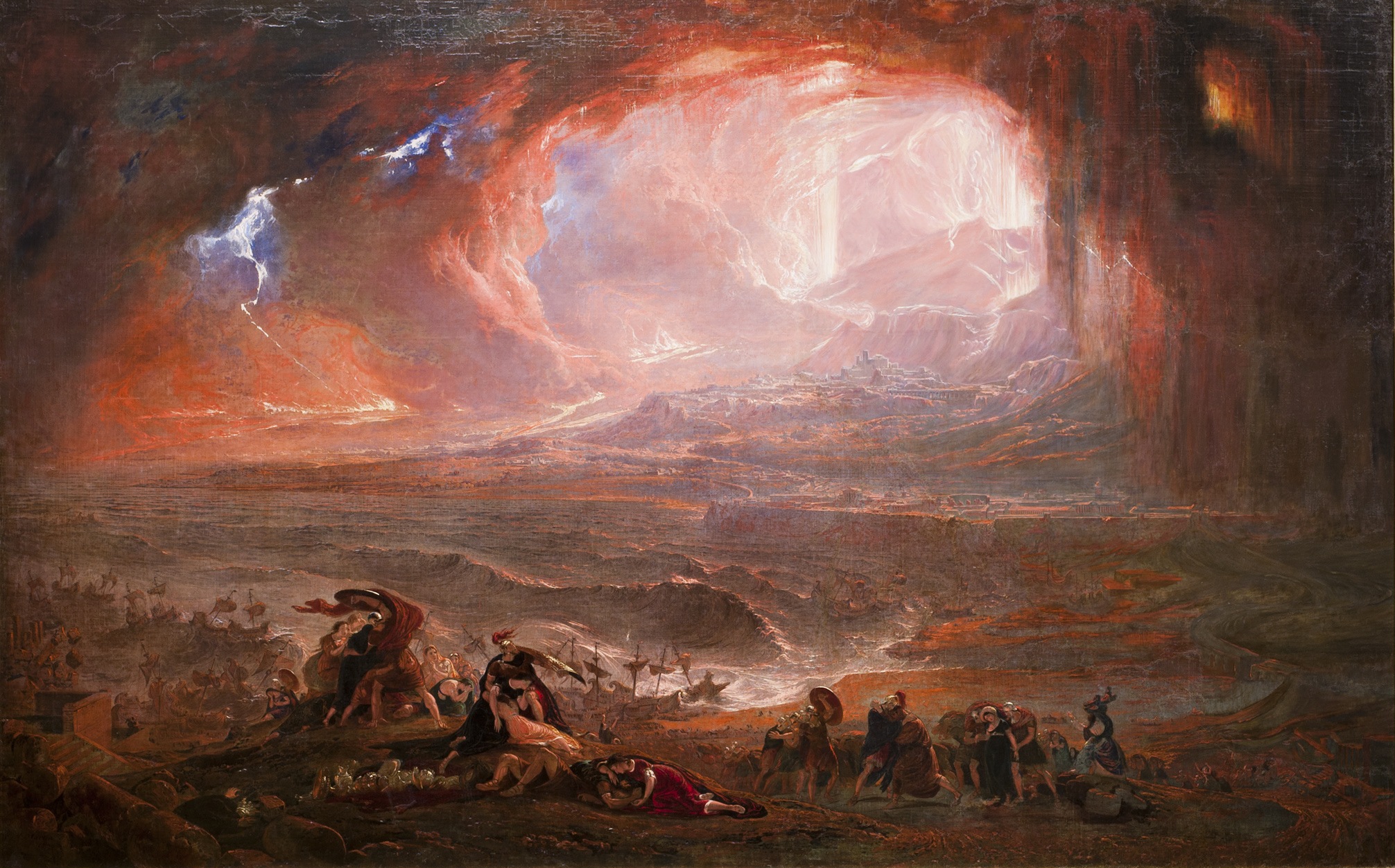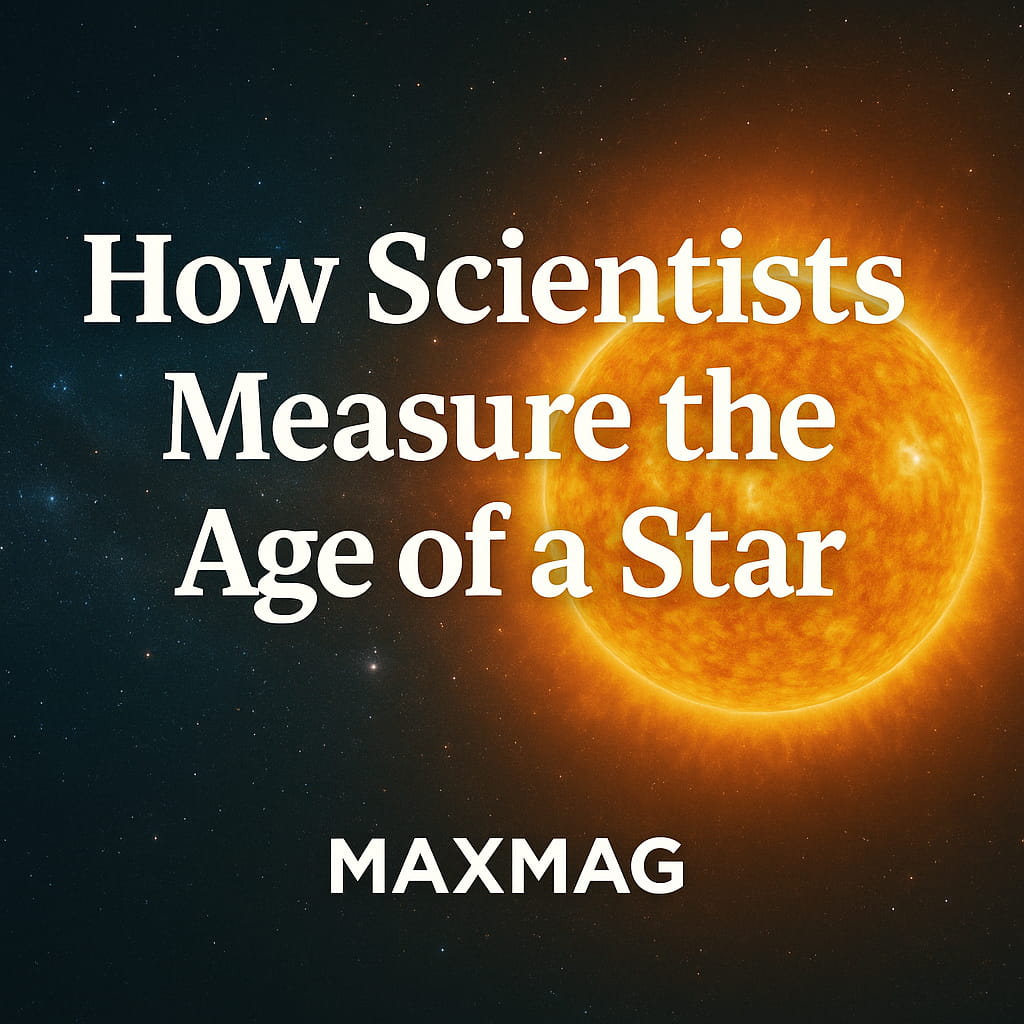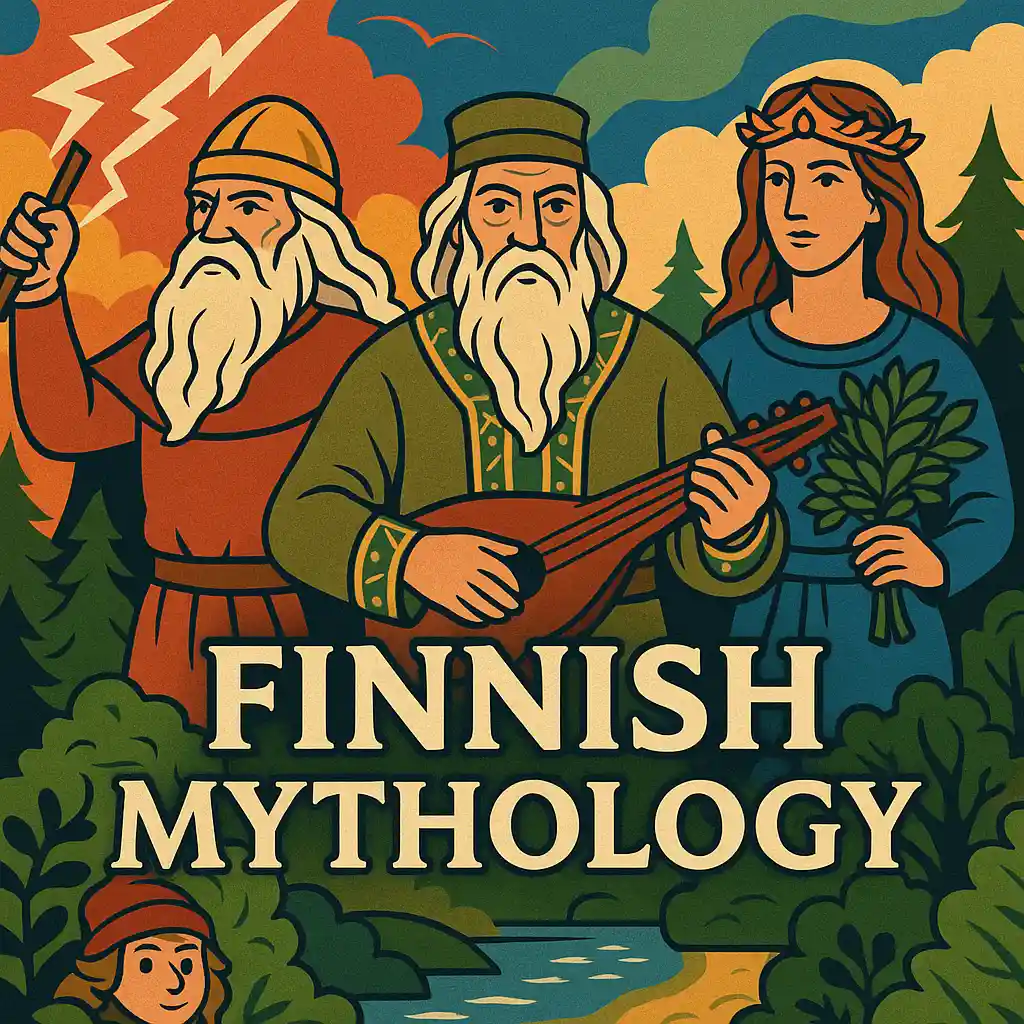
The Pop Art movement redefined what could be considered art. By blending consumer culture with vibrant aesthetics, it offered a groundbreaking visual language that still influences creative industries today. With its roots in post-war optimism and rapid industrialization, the Pop Art movement symbolized a turning point in how society views art, consumption, and media.
What Is the Pop Art Movement? 🧃📺
The Pop Art movement began in the 1950s in the United Kingdom and exploded in popularity in the 1960s in the United States. It reacted against the seriousness of abstract expressionism and embraced the imagery of everyday consumer goods, celebrities, advertising, and comic books. Artists turned ordinary objects—like soup cans, soda bottles, or pin-up posters—into icons of artistic expression.
Pop Art’s central philosophy was to eliminate the divide between “high art” and “popular culture.” This visual rebellion made art more accessible to the masses and transformed mundane elements into compelling creative commentary.
Key Figures of the Pop Art Movement 👩🎨👨🎨
Andy Warhol: The King of Pop Art 🍌
Andy Warhol became the movement’s emblem. His silkscreen prints of Marilyn Monroe and Campbell’s soup cans emphasized how mass production and celebrity culture dominate modern life. Warhol’s studio, “The Factory,” was both a creative lab and a social hotspot, pushing the boundaries of performance, collaboration, and art commercialization.
Roy Lichtenstein: Comic Strip Realism 💥
Roy Lichtenstein’s comic-inspired paintings brought drama and irony into Pop Art. Using bold outlines, bright primary colors, and Ben-Day dots, his works mimicked the style of comic books while critiquing mass-produced media. His iconic “Whaam!” remains a powerful critique of violence and spectacle.
Richard Hamilton: British Pioneer 🏴
Often credited with coining the term, Richard Hamilton’s collage “Just what is it that makes today’s homes so different, so appealing?” is considered one of the first true examples of Pop Art. It encapsulated consumerist fantasy in a single image.
Themes of the Pop Art Movement 🛒🎬
-
Consumerism: Pop Art directly responded to a world obsessed with brands, supermarkets, and marketing.
-
Celebrity Culture: Stars like Elvis Presley and Marilyn Monroe became muses.
-
Reproducibility: Artists mimicked industrial printing techniques, questioning originality and authorship in art.

The Legacy of the Pop Art Movement 🏙️
The Pop Art movement shaped how visual culture intersects with commerce and media. It has influenced:
-
Contemporary fashion and branding: Think of Louis Vuitton’s collaborations with Takashi Murakami.
-
Graphic design and advertising: Bold colors and irony are staples of marketing today.
-
Music and performance: David Bowie and Lady Gaga owe part of their visual personas to the Pop Art ethos.
Pop Art continues to echo in postmodern and digital art, proving its ideas remain timeless.
Where to Learn More about the Pop Art Movement 📚
To explore the academic and artistic foundations of the Pop Art movement:
Learn More About the Pop Art Movement
Why the Pop Art Movement Still Matters Today 🧠
In an age dominated by social media, influencers, and memes, Pop Art’s commentary on mass culture feels more relevant than ever. It predicted how mass media would shape our understanding of identity, beauty, and value.
The Pop Art movement teaches us that art can come from the most unexpected places—cereal boxes, film posters, or even Instagram feeds.




